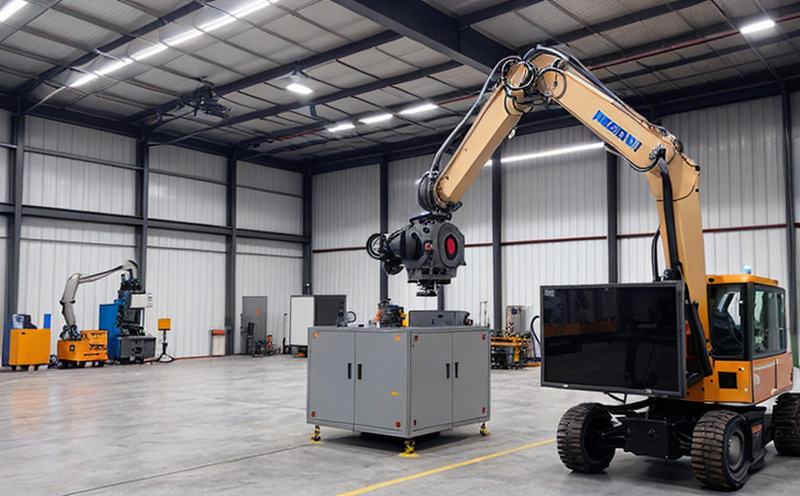EN 61000 Electromagnetic Compatibility in Industrial Robot Systems
The EN 61000 series of standards is a crucial framework for ensuring that electrical and electronic equipment operates correctly within its electromagnetic environment without causing harmful interference. In the context of industrial robotics, these standards are particularly important as robots increasingly become integral to manufacturing processes. The specific standard relevant here, EN 61000-4-30, focuses on electromagnetic compatibility (EMC) in industrial robot systems.
The primary goal of EMC testing is to ensure that all electrical and electronic components within the robotic system function correctly, even when exposed to various types of electromagnetic interference. This includes both emissions (the ability of a device to not disturb other devices) and immunity (the ability of a device to perform its intended functions under specified environmental conditions).
The industrial robotics sector is rapidly evolving, with more complex systems integrating advanced sensors, actuators, and communication protocols. Ensuring EMC compliance becomes critical for preventing malfunctions that could lead to safety hazards or production downtime. Compliance with EN 61000-4-30 helps manufacturers meet regulatory requirements and ensures the reliability of their products.
The testing process involves several key steps:
- Identification of potential sources of electromagnetic interference within the robotic system.
- Evaluation of the susceptibility of the robot components to external electromagnetic fields.
- Testing for both emissions and immunity under specified conditions, including frequency bands from 150 kHz to 30 MHz.
| Type of Test | Description | Application |
|---|---|---|
| Emission Testing | Determines the level of electromagnetic emissions from the robotic system. | Avoids interference with other nearby electronic devices and ensures safe operation in environments with strict EMC requirements. |
| Immunity Testing | Evaluates how well the robot components can withstand electromagnetic disturbances without failing. | Safeguards against potential disruptions from external sources, ensuring continuous and reliable performance in demanding industrial settings. |
Why Choose This Test
- Avoids penalties for non-compliance with international standards.
- Enhances product reliability and safety, reducing the risk of malfunctions in critical applications.
- Improves marketability by ensuring compliance with industry regulations and customer expectations.
- Facilitates smoother integration into existing industrial systems through consistent EMC performance.
Quality and Reliability Assurance
The EN 61000-4-30 testing process is designed to ensure that industrial robot systems meet the highest standards of quality and reliability. This involves not only adhering to specific test protocols but also maintaining detailed documentation throughout the entire testing process.
During the testing phase, we use state-of-the-art equipment capable of simulating real-world electromagnetic environments. Our team of experts ensures that every aspect of the robot's design is thoroughly evaluated for its EMC performance. The results are then meticulously documented and reported, providing clients with comprehensive insights into their product’s compliance status.
Our commitment to quality extends beyond just testing; we also offer training programs and consultancy services aimed at helping manufacturers understand and implement best practices for maintaining EMC standards in their robotic systems.
Use Cases and Application Examples
| Use Case | Description |
|---|---|
| Automated Manufacturing Lines | In automated manufacturing environments, robots must operate without interference from other machinery. EN 61000-4-30 testing ensures that these systems can function reliably under such conditions. |
| Robotics in Hazardous Locations | Robots used in hazardous locations, like chemical plants or mining sites, need to be robust against electromagnetic interference. Our testing helps ensure their reliability and safety in these challenging environments. |
In addition to the above use cases, EN 61000-4-30 testing is also crucial for robotics integrated into smart manufacturing systems. These systems rely on complex networks of sensors and actuators that must communicate effectively without causing or experiencing interference.





